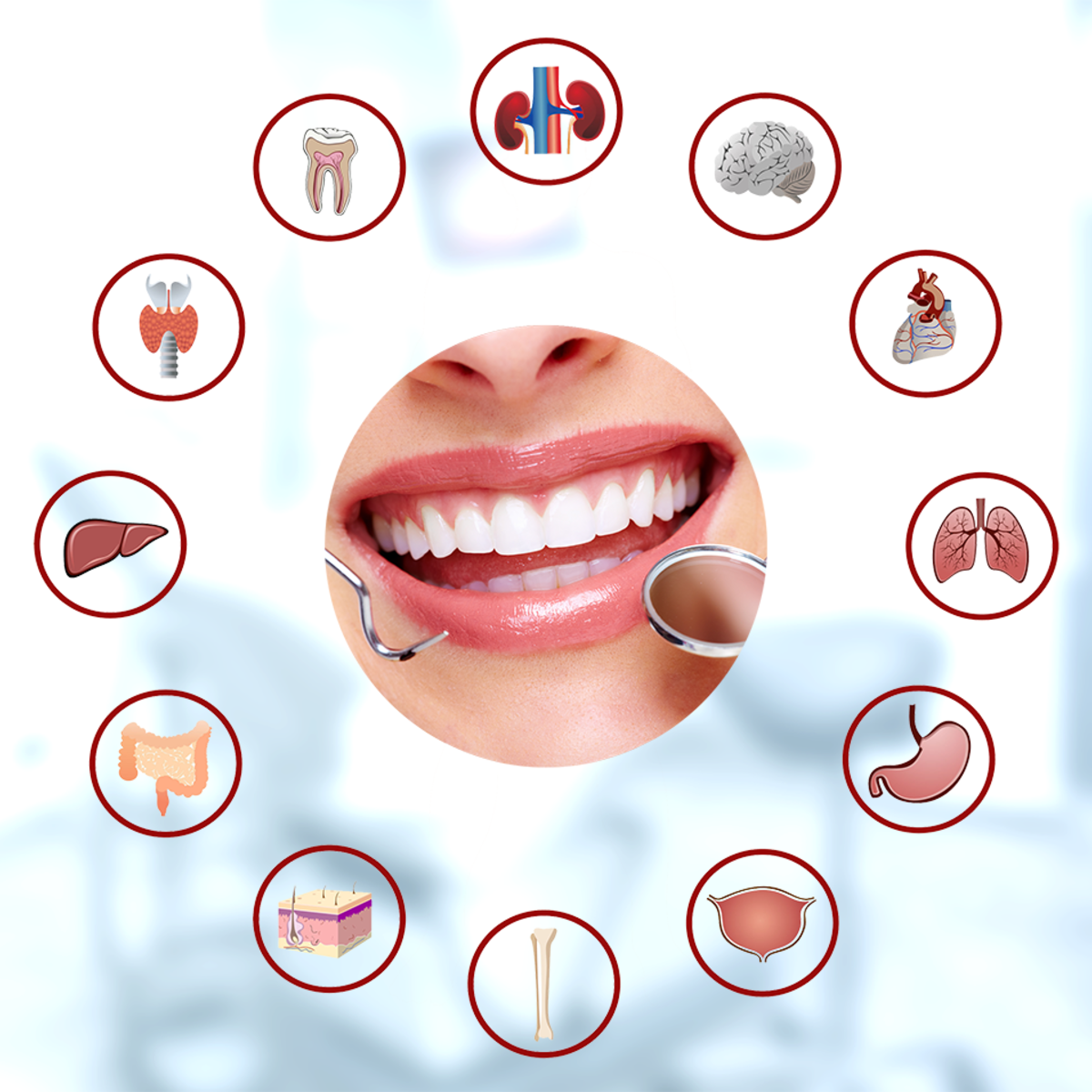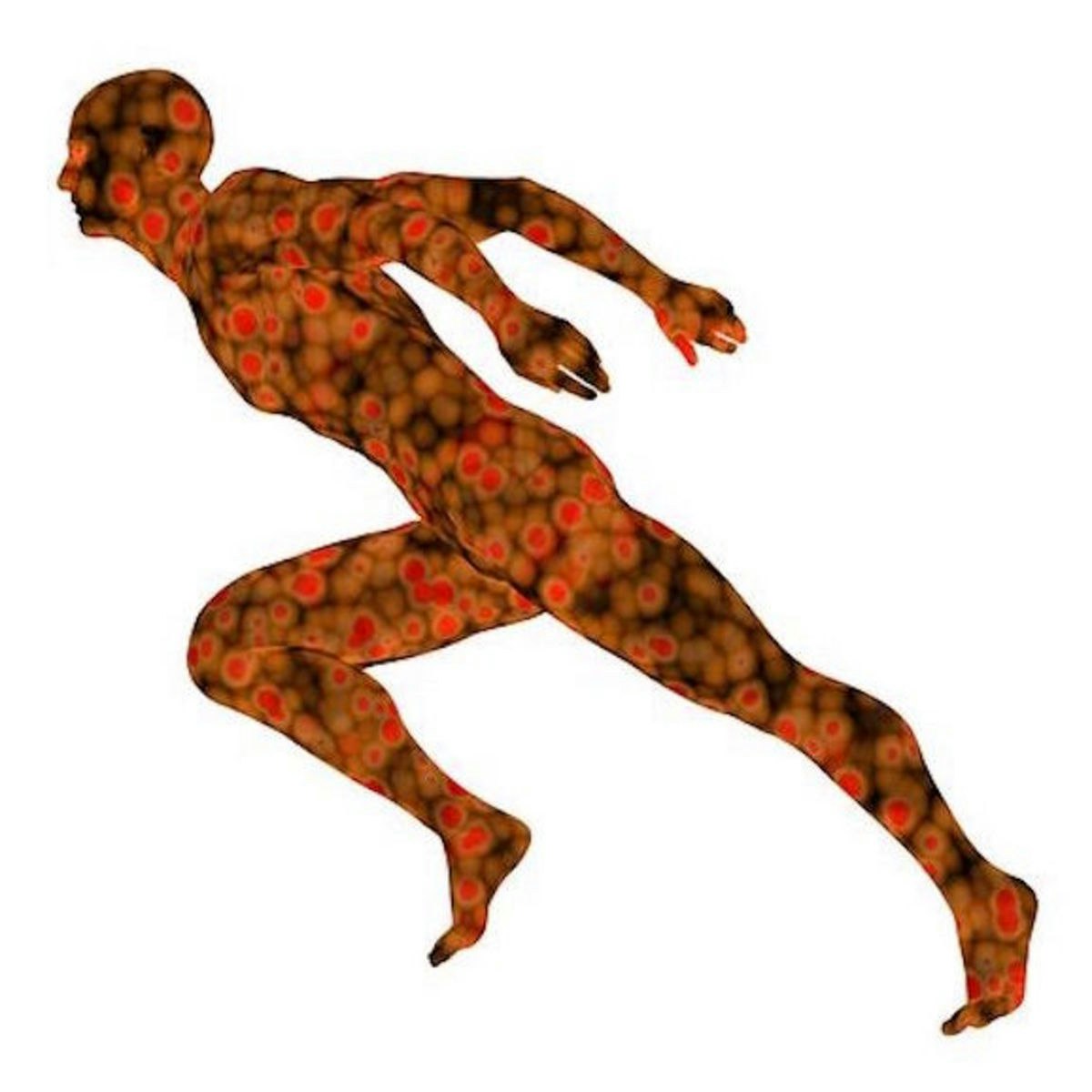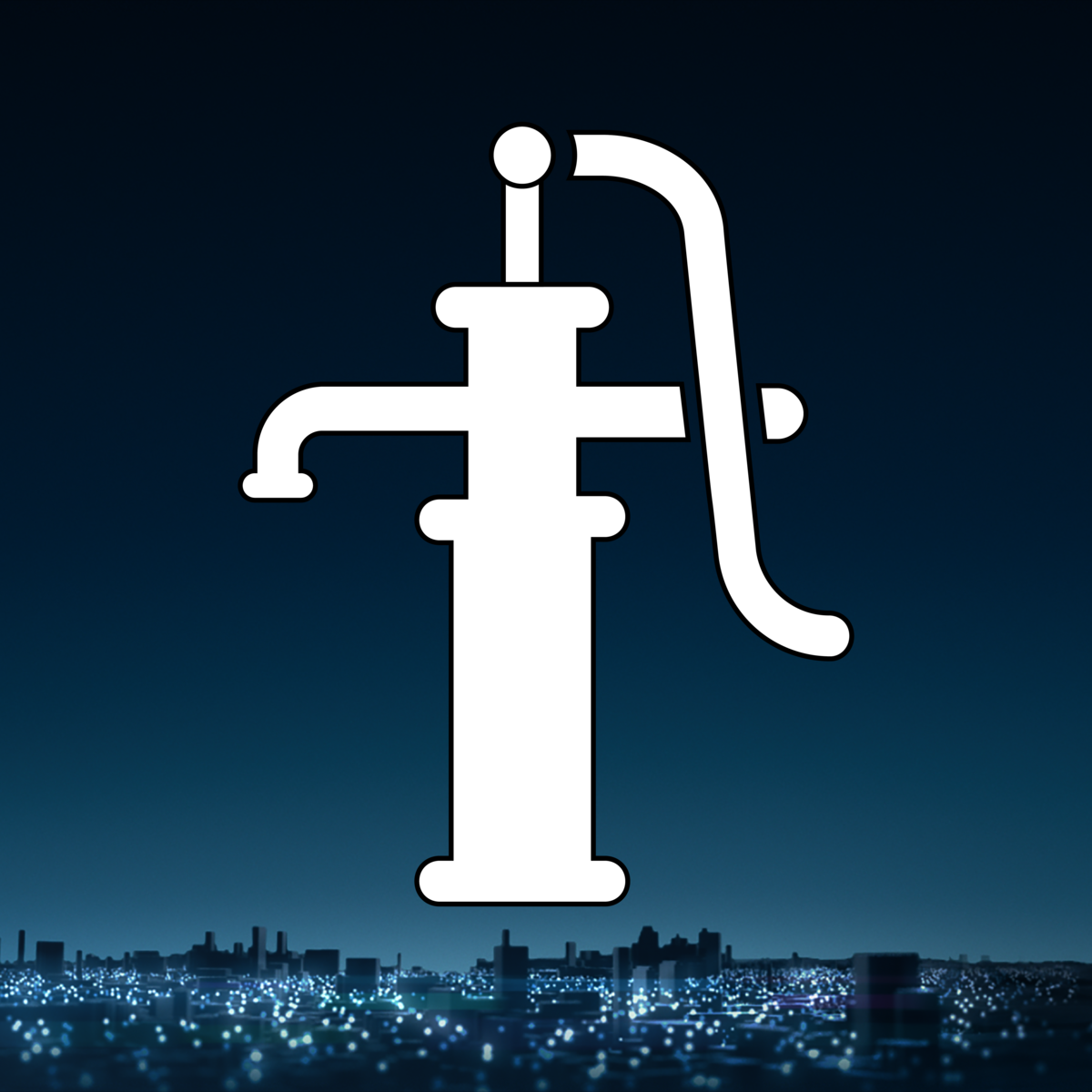Back to Courses









Life Sciences Courses - Page 22
Showing results 211-220 of 644

Community Engagement in Research and Population Health
Welcome to the Community Engagement in Population Health course! As you will learn, the health system is in the midst of a critical transition. The current system is not sustainable with escalating costs, mediocre health outcomes, and unacceptable disparities. This course will first discuss the current system, including definitions of population health and social determinants of health, and how the US compares to other countries on the triple aim –lower cost, better care, and a healthier population. Section 2 will review resources for both population health data and evidence-based public health interventions. Now more than ever, hospitals are addressing community needs through community benefits spending, community health improvement planning, and problem-based research networks. In the final section, the course describes community engagement in practical terms with a discussion of benefits and barriers. Community-based participatory research is presented as an effective way to engage the community in developing solutions to address problems in the health system.

Music as Biology: What We Like to Hear and Why
The course will explore the tone combinations that humans consider consonant or dissonant, the scales we use, and the emotions music elicits, all of which provide a rich set of data for exploring music and auditory aesthetics in a biological framework. Analyses of speech and musical databases are consistent with the idea that the chromatic scale (the set of tones used by humans to create music), consonance and dissonance, worldwide preferences for a few dozen scales from the billions that are possible, and the emotions elicited by music in different cultures all stem from the relative similarity of musical tonalities and the characteristics of voiced (tonal) speech. Like the phenomenology of visual perception, these aspects of auditory perception appear to have arisen from the need to contend with sensory stimuli that are inherently unable to specify their physical sources, leading to the evolution of a common strategy to deal with this fundamental challenge.

Population Health: Governance
How can we organise care in such a way that we optimize experience, quality and costs? What type of governance is needed? And how should healthcare organisations collaborate?
These are central questions in this course. In answering them, we depart from a recognition of the impact of three crucial global shifts in health care governance: 1) the change in focus from cure to population health, 2) the increased attention to social determinants of health, and 3) the stronger involvement of non-governmental healthcare organisations in service delivery networks.
The course is unique in combining the Population Health perspective with theories of healthcare system governance. It takes a ‘multi-level’ perspective: the participant will look at healthcare governance from different angles in the healthcare system as a whole: from the global and national level, to networks of organisations, to individual care organisations, and finally to the healthcare professional. All these actors should function well to optimize accessible, affordable and high quality of care. To attain these goals, specific managerial network and leadership skills are required.

The Oral Cavity: Portal to Health and Disease
This course will focus on the interprofessional realtionship of dentistry and medicine. For each session, the medical specialist will present a broad overview of specific disease entity which will be followed by a dental educator discussing the relevant oral manifestations and implications. The final module of each session will be devoted to the interaction between the dental and other health care professionals.

Anatomy of the Upper and Lower Extremities
This course has two main parts, one for the lower extremity and the other for the upper extremity. We will show how the various systems that supply and organize the limb control its function. There are a set of introductory lectures which will allow more experienced students to refresh their knowledge of the limbs and a guide to those with less experience. These lectures will be followed by detailed dissections of the extremities emphasizing locomotion for the lower extremities and hand positioning and function for the upper extremities.
This course is part 2/4 in the Yale Human Anatomy Specialization.
idea 2 IMPACT: An Introduction to Translating Assistive Health Technologies and Other Products
idea 2 IMPACT (i2I) is an online, 6-week course that will guide you step by step through the experience of developing an innovative and entrepreneurial idea in the area of assistive technology (AT). Each week, you will focus on a stage of the translational process as you work in teams to identify a problem, analyze stakeholders, define a solution, describe its benefits, research the competition, articulate differentiators, and create an action plan.

Science of Exercise
Learners who complete Science of Exercise will have an improved physiological understanding of how your body responds to exercise, and will be able to identify behaviors, choices, and environments that impact your health and training. You will explore a number of significant adjustments required by your body in order to properly respond to the physical stress of exercise, including changes in carbohydrate, fat and protein metabolism, nutritional considerations, causes of muscle soreness & fatigue, and the effectiveness and dangers of performance enhancing drugs. Active learning assessments will challenge you to apply this new knowledge via nutrition logs, heart rate monitoring, calculations of your total daily caloric expenditure and body mass index (BMI). Finally, learners will examine the scientific evidence for the health benefits of exercise including the prevention and treatment of heart disease, diabetes, cancer, obesity (weight loss), depression, and dementia.

Palliative Care Capstone Projects
In the Capstone Course you have the opportunity to put what you have been learning about in the Palliative Care Specialization into practice. Our team has created five activities that directly relate to what you have been learning in the course. You will need to talk with someone you know, perhaps a friend or family member, about their experiences living with serious and life limiting illness. You may want to engage several people as you go through the 5 assignments as they each will have unique experiences.
The Five Assignments:
1) Use the Nature of Suffering Evaluation Form to guide your conversation with someone living with serious illness and report and reflect on how this illness is impacting different aspects of their lives.
2) Using SNAP/Self-Awareness skills explore the values of someone close to you and your own values as relate to health, illness and dying.
3) Using the WILDA tool complete a pain assessment with someone living with serious illness.
4) Using the ESAS tool complete a physical symptom assessment with someone living with serious illness.
5) Have a conversation with someone you know about Advance Care Planning. In the assignment you will focus on who would be the person that they would want to speak for them if they could not speak for themselves, often known as the MDPOA.
When you successfully complete all 5 of these assignments and the other course work you will earn the Coursera Specialization Certificate in Palliative Care. More importantly you will be prepared to help others live well with serious and life-limiting disease.

Population Health: Study Design
Health care professionals increasingly have to make clinical decisions in aging and diverse populations. Also, they have to deal with rising health care costs, fragmented health care supply and advancing medical technologies and IT systems. These developments go beyond every day practice and will require new skills. In this course we will walk you through key steps in designing a research study, from formulating the research question to common pitfalls you might encounter when interpreting your results. We will focus primarily on analytical studies used in etiological research, which aims to investigate the causal relationship between putative risk factors (or determinants) and a given disease or other outcome. However, the principles we will discuss hold true for most research questions, and you will also encounter these study designs in prognostic and diagnostic research settings.
This course is part of a Master's program Population Health Management at Leiden University (currently in development), which includes nine courses on Coursera (including this one). If you are interested in learning more about the Population Health Management approach follow the course "Population Health: Fundamentals of Population Health Management" on Coursera.

Introduction to Psychology
What are people most afraid of? What do our dreams mean? Are we natural-born racists? What makes us happy? What are the causes and cures of mental illness? This course tries to answer these questions and many others, providing a comprehensive overview of the scientific study of thought and behavior. It explores topics such as perception, communication, learning, memory, decision-making, persuasion, emotions, and social behavior. We will look at how these aspects of the mind develop in children, how they differ across people, how they are wired-up in the brain, and how they break down due to illness and injury.
Popular Internships and Jobs by Categories
Find Jobs & Internships
Browse
© 2024 BoostGrad | All rights reserved